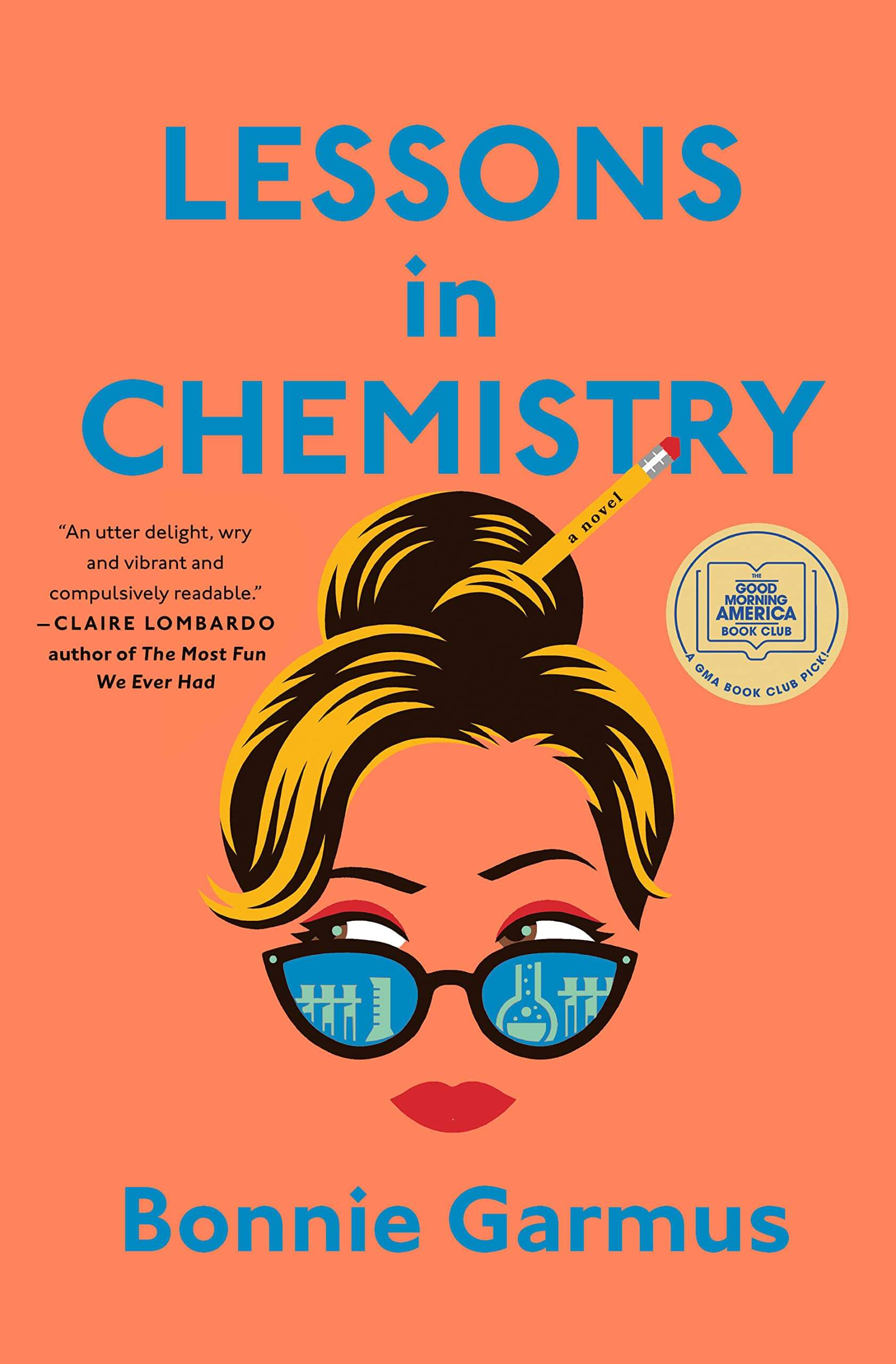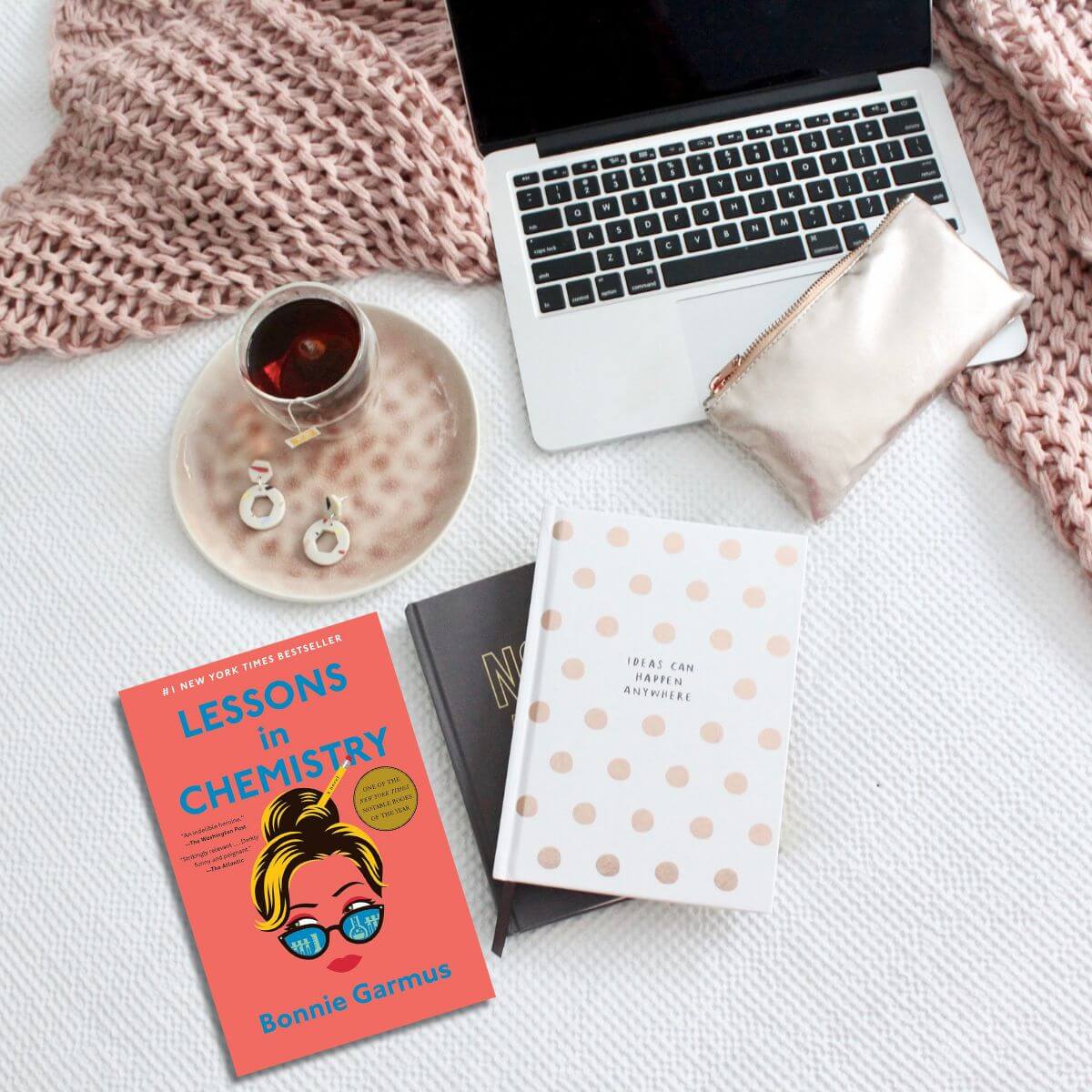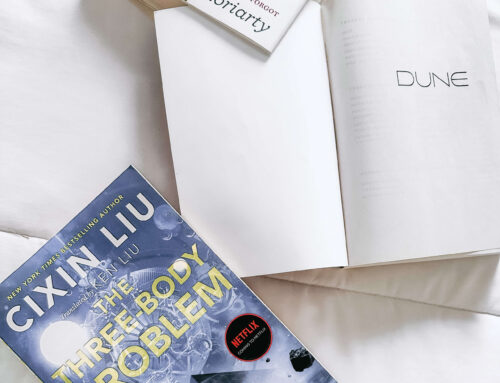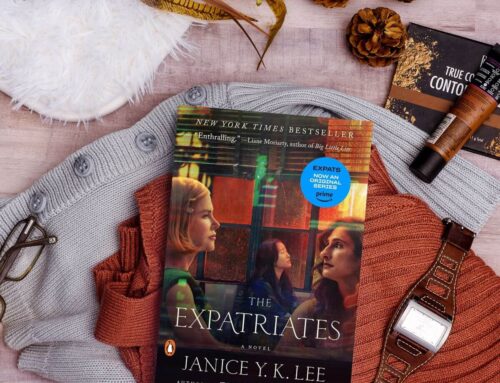Since the debut of Bonnie Garmus’ novel, Lessons in Chemistry, in April of 2022,it has been inspiring women across the globe. Now, you can see it come to life in an eight-episode drama miniseries on Apple TV. Starring Academy Award-winner, Brie Larson as Elizabeth Zott and Lewis Pullman as Calvin Evans, Lessons in Chemistry is sure to break your heart then put the pieces back together, one lesson at a time.
If you loved the novel as much as we did you may be asking yourself, does the show do the book justice? Well let’s dive into it! Without big spoilers, here’s some aspects of the show that we thought were spot on, and some areas where the show took a different direction.

Quick Synopsis:
In the 1960s California, brilliant chemist Elizabeth Zott defies societal norms, becoming an unexpected TV cooking show sensation, challenging conventions and sparking a culinary revolution. Fueled by wit and resilience, Elizabeth navigates the challenges of single motherhood while captivating audiences with her unconventional recipes and daring women to challenge the status quo. “Lessons in Chemistry” is an irresistibly witty and groundbreaking novel, praised by critics, that showcases the extraordinary journey of a woman who reshapes the world, one daring experiment at a time.
Buy the book. now: Bookshop.org | Amazon | Barnes & Noble
The Characters
The casting of Brie Larson as the unconventional heroine Elizabeth Zott could not have been more perfect. In the past, Larson has brought challenging characters to life, such as the mother in Room, in a way that makes you care deeply for the women she plays. Lessons in Chemistry is no different, as she skillfully takes on the role of dedicated scientist trying to make a name for herself. Just like the book, she is a beautiful young woman who refuses to allow her beauty to define her or be the reason she achieves her goals.
Lewis Pullman, known for his role in Top Gun: Maverick, impeccably portrays the brilliant and enigmatic Calvin Evans. While Calvin serves as Elizabeth Zott’s true love in the narrative, the show skillfully delves into his character’s development without overshadowing the valuable life lessons that only Elizabeth’s experiences can truly convey.
One thing that is notable in both the book and show is the undeniable chemistry between Elizabeth Zott and Calvin Evans. And while their initial interactions may not have the meet-cute vibe that some of our favorite romance novels do, it goes to show that chemistry is a complicated science, especially in relationships. With characters like Zott and Evans, it can be difficult to capture that type of chemistry on TV, but the show does a fantastic job. Brie Larson and Lewis Pullman’s spark is palpable.
On screen, the transformation of Harriet, portrayed by the talented Black actress Aja Naomi King (How to Get Away With Murder), is one of the most significant changes from the book. In the show, Harriet, a gutsy Black lawyer, fights against racism while managing her happy marriage and perfect American family with two brilliant children. Her genuine friendships with Calvin and Elizabeth take a backseat to her battle for her family’s neighborhood, slated for destruction by racist authorities for a freeway project. This change may seem drastic from the novel, where Harriet is a white neighbor who essentially acts as a nanny for Zott, but this alteration cleverly illustrates Elizabeth’s public limitations while highlighting the historical destruction of communities in the name of progress.
It’s hard not to love dogs in books or movies. Six Thirty, the dog with the odd name, brilliantly voiced by B.J. Novak, begins his journey as a bomb-sniffing dog but ultimately falls short of military expectations. The narrative unfolds differently between the two versions: in the book, Calvin and Elizabeth adopt Six Thirty together, while in the series, Elizabeth welcomes him into her life even before she and Calvin become a couple.
Six Thirty’s endearing and relatable qualities shine through as the narrator, making him a character for whom we continuously root. His perspective allows readers and viewers to connect with the story on a deeper level. Notably, Six Thirty’s leash plays a pivotal role in both the novel and miniseries, serving as a symbol of connection, loyalty, and the enduring bond that ties the characters together.
The Setting
Lessons in Chemistry, both the book and the show, is primarily set in California in the 1960s. This setting remains consistent between the two versions. The story takes place in a time when the feminist movement was gaining momentum and societal norms were undergoing significant changes.
The setting of 1960s California plays a crucial role in the narrative, as it reflects the challenges and opportunities of the era, particularly for a woman like Elizabeth Zott, who is navigating a career in science and the world of television while also addressing societal expectations and gender roles. This historical backdrop provides the context for the story’s exploration of feminism, science, and social change.
The Plot
Fans of the novel will likely agree that the differences between the book and the miniseries are slight enough to remain loyal to the story and even give it the cinematic boosts it needed to deepen relationships and allow for more character development.
The character of Harriet, for example, broadens our perspective of this era and the challenges that came with it, allowing viewers to imagine what life was like for not only women, but Black people, during the 1960s.
Other subtle changes help illustrate issues of sexism in the book, such as the introduction of the Little Miss Hastings pageant that is created for the miniseries. Although the pageant is not in the novel, it not-so-subtly shows how the men at Hastings have little respect for their colleagues, seeing them as objects to simply leer at. Similarly, Zott is simply a lab tech in the show, unlike the novel where she is a chemist, albeit it one who receives little respect.
Overall, Lessons in Chemistry makes a successful transition from book to miniseries, with strong performances from Brie Larson and Lewis Pullman. The chemistry between the lead characters is palpable, and the adaptation adds new dimensions to the story. Aja Naomi King’s portrayal of Harriet introduces a fresh perspective, and the show maintains the book’s 1960s California setting, highlighting its themes of feminism and social change. Overall, the miniseries captures the essence of the novel while offering a compelling viewing experience for both fans of the book and newcomers.







Leave A Comment